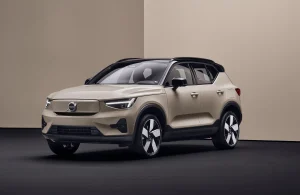According to Stellantis and Saft, their groundbreaking Intelligent Battery Integrated System has begun real-world testing in the latest Peugeot E-3008.
IBIS takes a completely different approach to EV design. Instead of having separate components scattered throughout the vehicle, it builds the inverter and charger directly into the battery pack itself.
The system handles both AC and DC power while sending electricity straight to the motor or back to the grid. It also powers the vehicle’s 12V network and other systems.
Testing shows this setup delivers a 10% boost in energy efficiency and 15% more power output. The E-3008 test vehicle produces 172 kW compared to 150 kW with traditional setups – using the exact same battery size.
Charging times drop by 15% with the integrated design.
The companies also found that building everything into one unit makes maintenance simpler and gives the battery better potential for second-life applications after the vehicle’s done with it.
French Government Backing
This French Government-backed project represents a major shift in how automakers think about EV architecture.
Ned Curic, Stellantis’s engineering and technology chief, explained the philosophy behind the system:
This project reflects our belief that simplification is innovation. By rethinking and simplifying the electric powertrain architecture, we are making it lighter, more efficient, and more cost-effective. These are the kinds of innovations that help us deliver better, more affordable EVs to our customers.
Hervé Amossé, Saft’s executive vice president, sees broader applications ahead:
The IBIS project is a powerful testament to Saft’s innovation leadership. By embedding IBIS technology into our next-generation applications, we’re unlocking a new era of intelligent, flexible, and sustainable energy solutions.
Timeline and Future Applications
If real-world testing goes well, Stellantis could start using IBIS architecture in production vehicles by the end of the decade.
The technology isn’t limited to cars either. Both companies see potential applications in rail, aerospace, and marine sectors where integrated power systems could offer similar efficiency gains.
The E-3008 testing phase will determine whether this all-in-one approach can deliver on its promises in everyday driving conditions.





